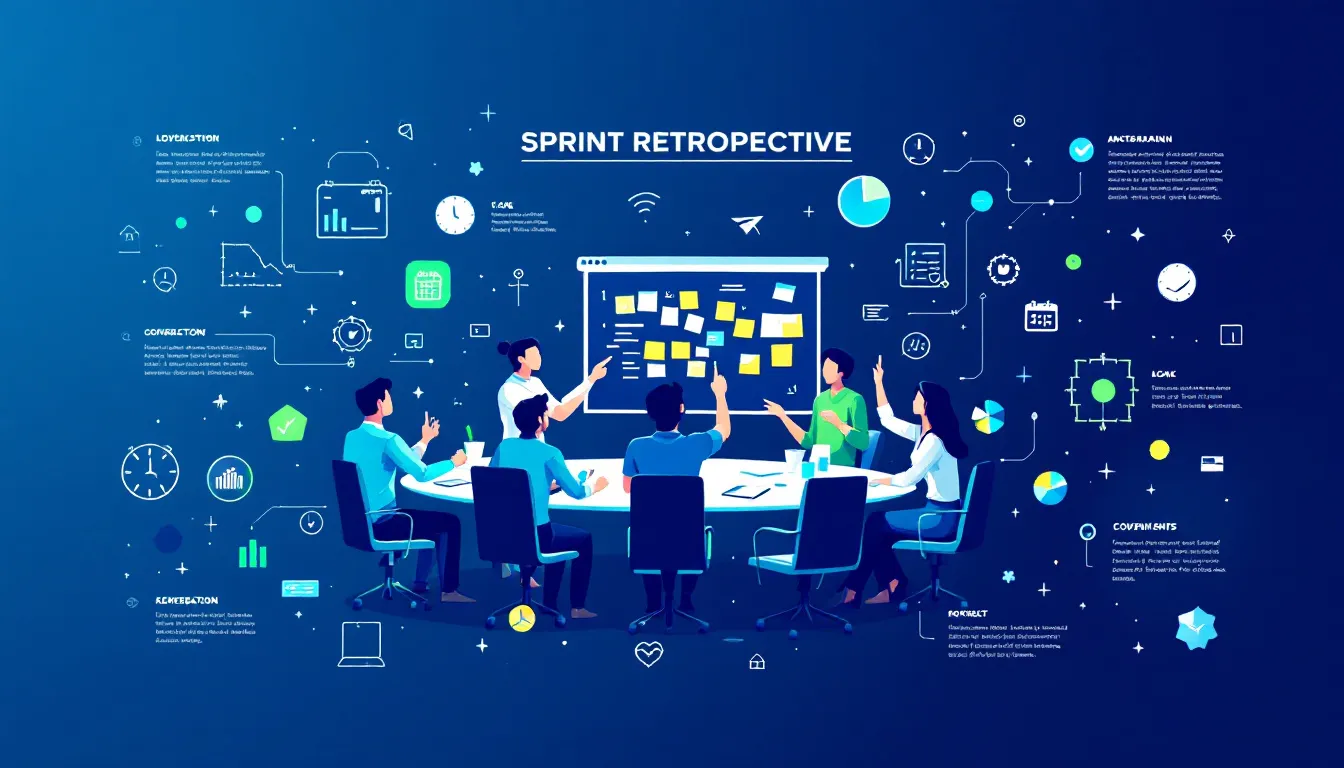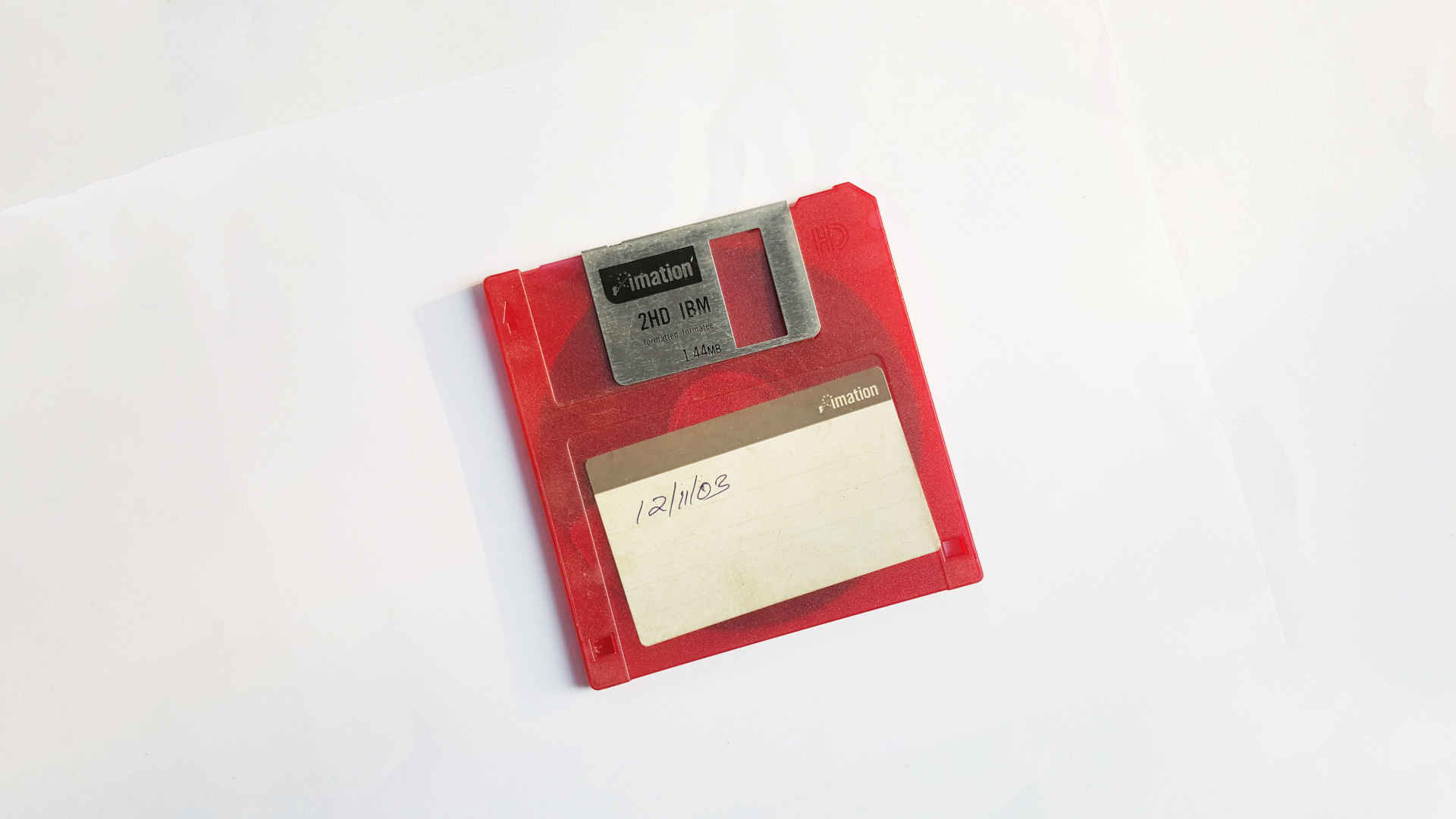The future of software development is bright with innovation. In 2025, key innovations shaping the future will include software development trends 2025: key innovations shaping the future such as AI, quantum computing, and cloud-native methods. This article explores these trends and how they will transform the industry.
The Rise of AI and Machine Learning in Software Development

Artificial Intelligence (AI) and Machine Learning (ML) have become essential to software development, transforming how software is created and managed. The democratization of AI allows businesses of all sizes to leverage advanced data analytics for personalized user experiences and informed decision-making.
AI-powered development tools automate code generation, bug detection, and optimization, significantly speeding up development and reducing manual effort. AI-driven project management solutions further enhance efficiency through predictive analytics, resource optimization, and personalized workflows.
Emerging techniques like Vibe Coding, where developers describe functionality in natural language and AI generates code, simplify and accelerate software creation. Combined with cloud technologies, AI provides scalable solutions and drives digital transformation.
Ultimately, AI and ML are fundamentally reshaping software development, enabling real-time insights, automation, and personalization, paving the way for an innovative and efficient future.
Quantum Computing's Impact on Software Development
Quantum computing is set to transform the software industry by enabling rapid data processing and solving previously unsolvable problems. Unlike traditional computers using bits, quantum computers utilize qubits to perform multiple calculations simultaneously, greatly enhancing computational efficiency and requiring developers to adopt new specialized coding practices.
Quantum computing offers significant potential in fields like drug discovery, cryptography, and machine learning optimization. However, integration poses challenges, including specialized hardware requirements and compatibility with existing software systems.
Despite these hurdles, quantum computing promises breakthroughs in cybersecurity through advanced encryption, fundamentally reshaping software development and driving innovation across multiple sectors.
Cloud-Native Development and Microservices Architecture
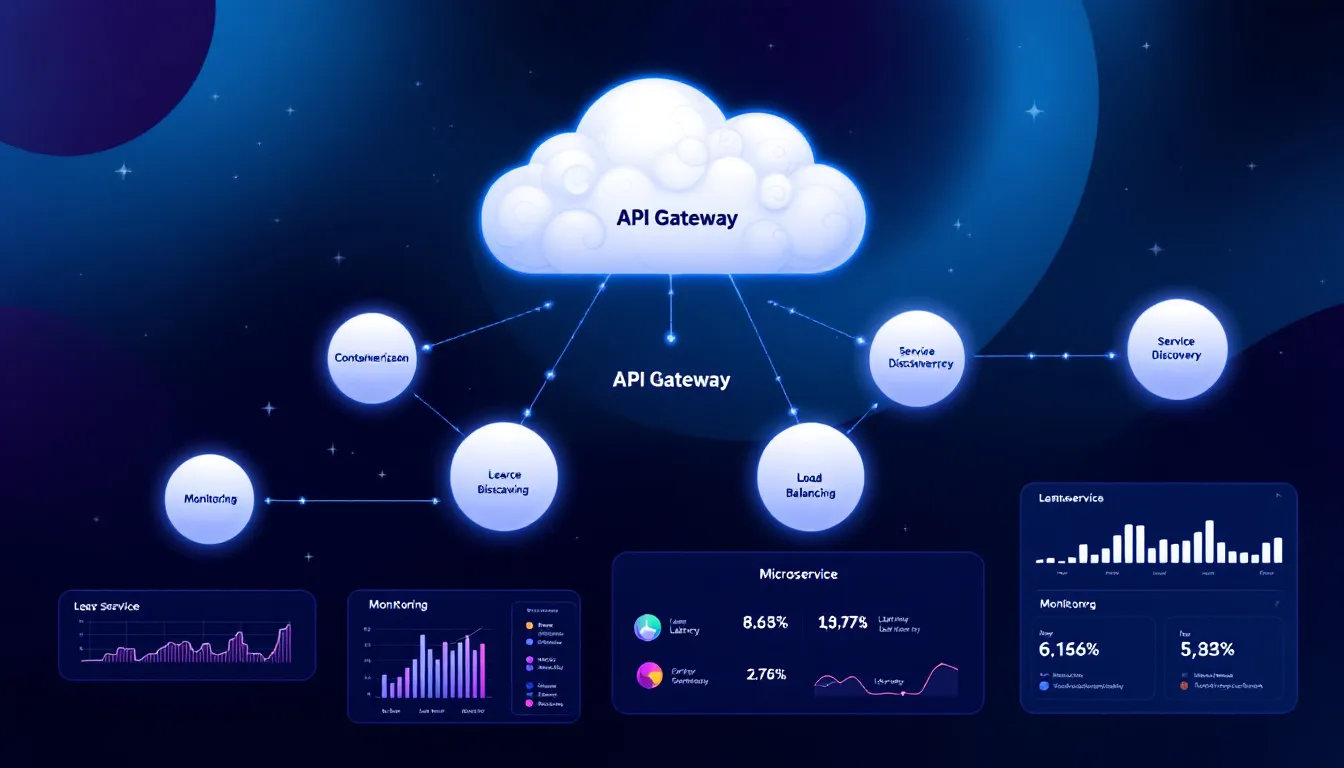
By 2025, cloud-native development and microservices architecture have become industry standards, providing unmatched flexibility, scalability, and reliability. Cloud-native applications seamlessly scale resources to meet user demand, significantly improving performance and user experience.
Microservices architecture divides applications into smaller, independent services, allowing rapid development, deployment, and updates. Kubernetes automates these processes, ensuring applications remain robust and efficient. Additionally, service meshes have become crucial for managing microservice interactions, providing load balancing, security, and service discovery. Event-driven architectures further enhance responsiveness through asynchronous communication.
Together, these advancements streamline software development, making it highly adaptable, efficient, and scalable.
Edge Computing for Real-Time Data Processing
Edge computing transforms data processing by moving computation closer to data sources, greatly reducing latency and enabling real-time decisions. Essential for applications like autonomous systems and connected vehicles, edge computing processes data locally for immediate analysis and response.
Though integration with cloud systems can be challenging, the benefits—including optimized bandwidth and reduced cloud data transfers—far outweigh these issues.
As edge computing evolves, it will increasingly support real-time analytics, enhancing the performance and capabilities of smart devices and connected systems.
Low-Code and No-Code Platforms
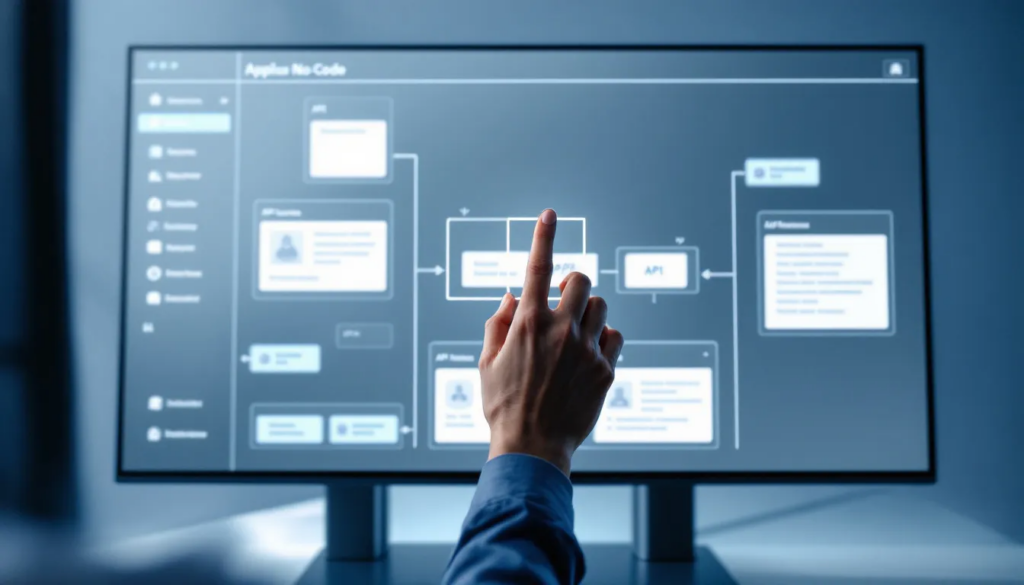
The rise of low-code and no-code platforms is transforming software development by enabling non-technical users to create applications and automate workflows. By 2025, these tools are expected to account for over 70% of new application development, significantly reducing development costs, deployment time, and reliance on specialized coding skills.
Future advancements include AI-powered automation of routine tasks like code generation and testing, and enhanced customization capabilities for tailored business solutions.
Ultimately, low-code and no-code platforms are making software development more accessible, efficient, and inclusive for diverse organizational roles.
Blockchain Technology Beyond Cryptocurrencies
Blockchain technology is extending beyond cryptocurrencies, significantly transforming industries like healthcare and supply chain management. In healthcare, blockchain enhances data security, interoperability, and drug authenticity verification, ensuring reliable patient information and safer medication management.
In supply chains, blockchain offers transparency and real-time tracking, preventing fraud and improving efficiency. Smart contracts automate agreements, eliminating intermediaries, while Decentralized Autonomous Organizations (DAOs) enable transparent, decentralized governance.
As blockchain evolves, it will increasingly drive digital transformation, enhancing operational efficiency across industries.
Sustainable Software Practices
Sustainable software practices are gaining importance as the industry seeks to minimize environmental impact. By 2025, developers prioritize energy-efficient algorithms, green hosting, and eco-friendly data centers. Efficient, optimized code reduces energy use, while green data centers leverage renewable energy and efficient cooling to minimize carbon footprints.
Adopting standardized sustainable practices, such as carbon-neutral cloud services, helps reduce both operational costs and environmental impact. As these practices become industry standards, software development will increasingly contribute to environmental sustainability.
DevSecOps Integrating Security Early in Development
Integrating security throughout the software development lifecycle is essential for minimizing vulnerabilities and ensuring robust software. DevSecOps practices embed security checks early, significantly reducing risks in the final product. Automated tools such as Software Composition Analysis (SCA), Dynamic Application Security Testing (DAST), and vulnerability scanning detect and address issues early, enhancing safety and reducing costs.
By adopting DevSecOps, organizations ensure that security becomes an integral, continuous part of modern software development.
The Evolution of Agile Development
Agile development continues to evolve, introducing new methodologies that enhance flexibility, collaboration, and responsiveness. "Beyond Agile" methodologies replace traditional Scrum with dynamic sprint cycles and rapid adaptability to changing requirements, enabling teams to deliver high-quality software efficiently.
Hybrid Agile blends Agile practices with the waterfall model, balancing flexibility with structured planning and resource management. These evolving methods foster dynamic, responsive team environments, promoting continuous improvement.
As Agile methodologies advance, they will further shape the future of software development through enhanced collaboration, adaptability, and efficiency.
The Proliferation of Superapps
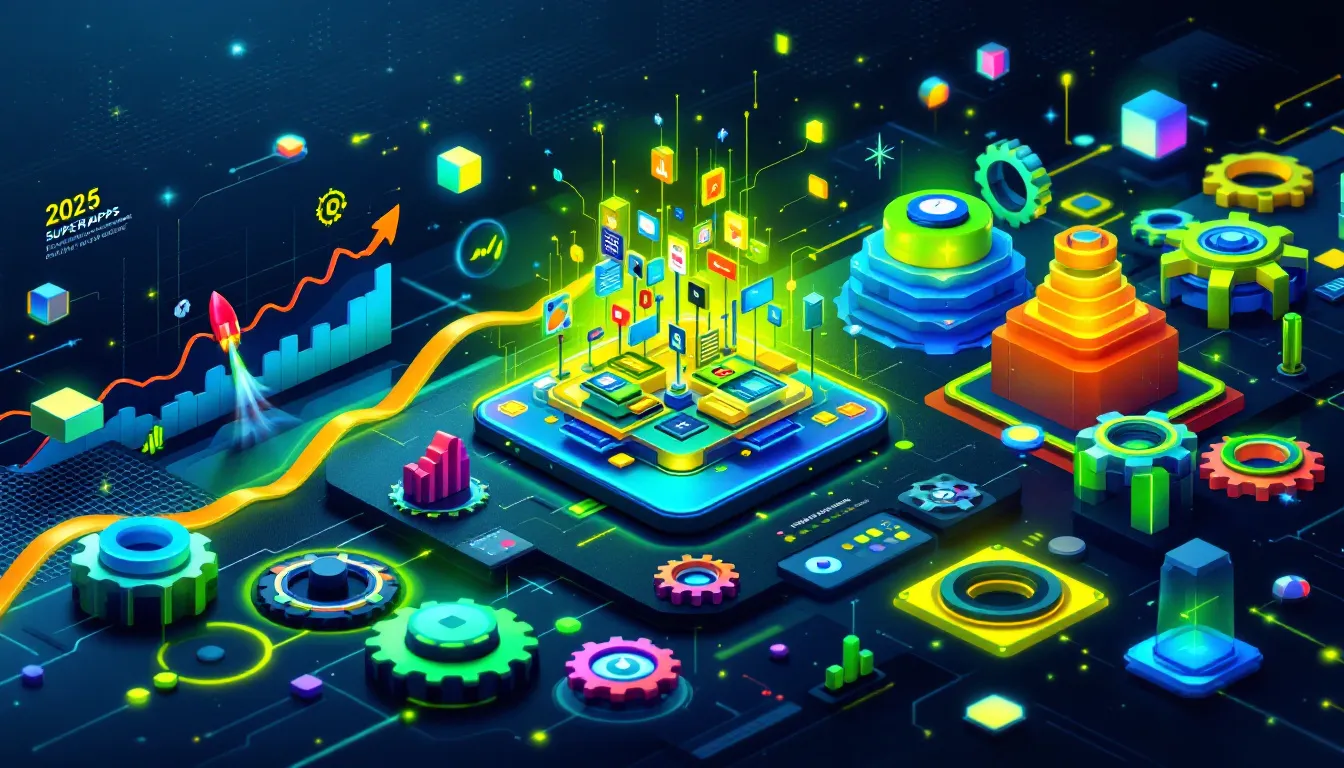
Superapps are transforming the digital landscape by consolidating various services under a single interface, offering functionalities like:
- messaging
- payments
- e-commerce
- entertainment
These all-in-one multiple platforms save time and enhance usability, providing a cohesive digital experience for users.
Analysts predict that Superapps will account for 30% of global e-commerce transactions by 2030, creating significant business opportunities in various sectors. The global market for Superapps is projected to reach $1.2 trillion by 2025, driven by demand for comprehensive digital experiences.
Customization to local cultural and regulatory environments is crucial for their global success, and the integration of IoT within Superapps allows for real-time interactions across smart devices, reshaping industries by integrating diverse functionalities into a unified platform in smart cities.
Emphasis on User Experience (UX)
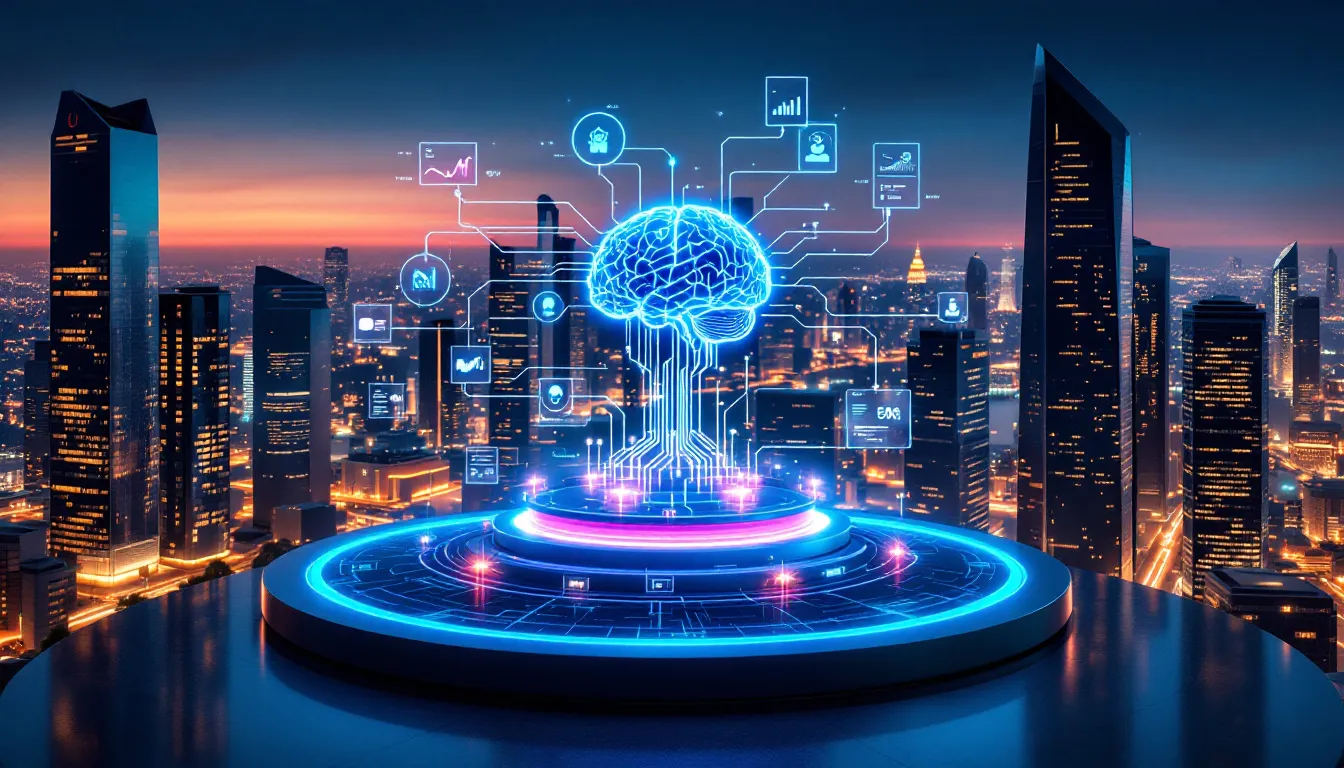
User Experience (UX) is central to modern software development, prioritizing intuitive, engaging, and accessible digital products. Integrating Agile 2.0 with Lean and Design Thinking has created more adaptable, user-focused development processes emphasizing continuous improvement.
Emerging technologies like augmented reality (AR), virtual reality (VR), and conversational interfaces such as advanced chatbots enable more immersive, intuitive interactions. Ethical design ensures digital products are inclusive and accessible, supported by diverse user testing and adaptive features like dynamic dark modes.
As software evolves, prioritizing UX with inclusive and ethical design practices will remain essential.
Continuous Integration and Continuous Delivery (CI/CD)
Continuous Integration (CI) and Continuous Delivery (CD) are essential practices in modern software development, automating and accelerating the development lifecycle. CI enables frequent integration of code changes into a shared repository, minimizing conflicts and ensuring seamless integration with existing code.
CD automates deployment of validated code, allowing rapid feature releases, quicker response to user feedback, and improved application reliability. Automated testing and security checks within the CI/CD pipeline prevent bugs and vulnerabilities from reaching production, enhancing software quality.
By streamlining processes and enabling continuous feedback, CI/CD has become fundamental to efficient, reliable, and secure software development.
Remote Work and Distributed Development Teams
Remote work and distributed development teams have reshaped the software industry by enabling companies to leverage global talent and enhance innovation. Removing geographical barriers allows businesses to build diverse and dynamic teams worldwide. Advanced remote-access technologies, along with emerging virtual reality (VR) and augmented reality (AR) tools, further enhance remote collaboration, closely simulating in-person interactions.
Hybrid work models combine remote and in-office arrangements, offering flexibility and supporting employee well-being. As remote work becomes standard, distributed teams will increasingly drive innovation and successfully tackle complex projects.
Final Thoughts
By 2025, software development is defined by rapid innovation and transformative technologies, such as AI, machine learning, quantum computing, cloud-native development, and edge computing. Sustainable software practices, DevSecOps, and evolving Agile methodologies further enhance efficiency, security, and collaboration. Meanwhile, superapps and an emphasis on user experience redefine digital interactions. Staying updated on these trends will be essential for developers, businesses, and tech enthusiasts to remain competitive and drive future success.

